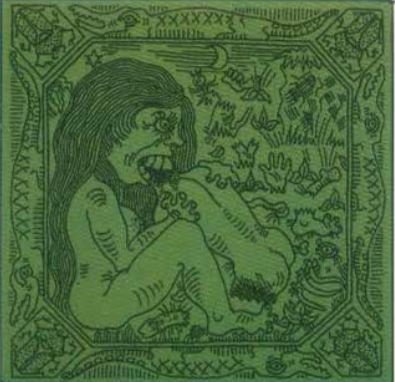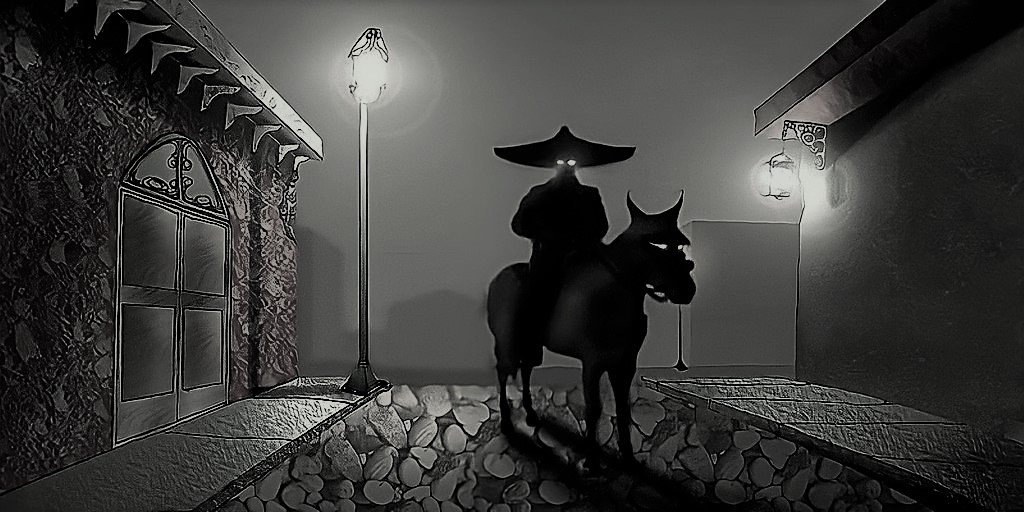Thuggies: The Dolls with a Criminal Record
It’s hard to figure out what will be a popular toy, some companies spend years testing out new toys with new features and end up with mediocre sales. Other times a random guy will pick up a rock, sell it as a toy, and make millions.
When you take those extremes into account, if you’re looking to make a toy, it’s best to stick with the classics; a doll. But what kind of doll, should it be an adult like Barbie, or maybe a baby? Should it teach children something or should it just be for fun? There are a lot of decisions to make if you want it to be successful.
Well, in 1993 Carolyn Clark thought she had it all figured out when she decided her 15-inch dolls should come with a criminal record.
Is that doll in jail???
Related Article: The Facts on the Pet Rock that Made Millions
Packing the Thuggies
Before you start thinking that Carolyn was trying to encourage illegal acts by teaching children how to commit crimes through dolls, her intention was actually the opposite.
See, Carolyn wanted children to see the consequences of these illegal actions, each one of the 17 different dolls came packaged in a box designed to look like a jail cell, they’d already been caught.
Inside the box, you’d also find their criminal record or ‘rap sheet’ but you probably didn’t need it since the names given to each doll made it pretty clear what their crimes were. You had Bonnie Ann Bribe, Dickie the Dealer, Calvin Carcrook, and Mikey Milk’em… you know what, maybe including the rap sheet was a good idea.
One is definitely getting bullied by the other three
How are Thuggies Helpful?
Apart from their crimes, their criminal record also listed the length of their sentences and the way the dolls were making up for their crimes. Once the child felt their doll had been rehabilitated, they could put a gold heart pin on the doll to show it.
Of course, the doll would then need to deal with the societal stigma of having a criminal record, the difficulty of getting a job, background checks affecting college admissions, and the very real reality that recidivism in the United States is at over 40%... fun for all kids!
“I don’t want fun anymore.”
According to Wayne Jones, a child psychologist, the dolls were actually a “clever idea”. In the multiple newspaper articles from 1993 that quoted Dr. Jones, he stated:
“Kids are most attracted to toys that help them master internal emotions… They like monsters when they are struggling with fears, or a G.I Joe doll when they are struggling with courage and aggression.”
Now I don’t doubt that Dr. Jones was/is a smart guy who usually knows what he’s talking about because he studied child psychology for years but, when I played with monsters, like Godzilla, I didn’t play with it because I was afraid; I played with it because it was fucking cool.
But, we’ll never know if Dr. Jones was right when it comes to Thuggies because they don’t appear to have ever been mass-produced or sold.
Related Article: Cabbage Patch Snacktime Kids: The Doll That’ll Eat Your Hair
Selling the Thuggies
When Carolyn first unveiled the dolls in 1992 at the New York Toy Fair, she didn’t have a doll to show potential buyers. Her goal was to get some feedback to see if she and her partner, Renald Resmini should go all in on the dolls, and apparently, they got a bunch of positive feedback.
After they had actual prototypes, Carolyn spoke to several newspapers in Philadelphia, where they were based, possibly in order to drum up some anticipation before the 1993 Toy Fair. Here’s where things get hairy.
Though I couldn’t find a lot of information on this, there appears to have been some backlash among the public. One of the reasons was the stereotypical names and illegal acts associated with some of the dolls.
For example, in the September 1993 issue of American Motorcyclist, a column written took issue with one of the dolls named “Motorcycle Meanie” as it alluded to the stereotype that bikers are lawbreakers.
“But I am bad to the bone…”
Meanwhile, others had issues with some of the other stereotypes the dolls were portraying. Tyrone Troublemaker was a black doll while Renaldo Cacabella was Italian and his crime was being a mobster. There was also the issue that some parents thought the dolls might be encouraging crimes or be seen as insensitive to those who were experiencing crimes in the real world.
In the same article from earlier, even Dr. Jones ponders this and was quoted as saying;
"For children who live in the ghetto and see violence on a day-to-day basis . . . I could see where these dolls would be just a slap in the face to those families and teachers trying to serve them."
Thuggies Locked Up
I couldn’t find any evidence that Thuggies ended up appearing at the New York Toy Fair in 1993, and I couldn’t find any evidence that they were ever sold anywhere. The last newspaper article I could find mentioning them was in 1994 which just said they ‘might’ be coming soon.
Interestingly, the trademark for Thuggies was renewed in 2013 for ten years in the United States but has not yet been renewed in Canada. It seems like the dolls might never see the light of day and maybe that’s a good thing.
Carolyn Clark said her main motivation for Thuggies was to address the rising crime rates, but in 1993, crime was down for the second year in a row in the United States and it has been going down every year since then.
Maybe Thuggies aren’t the dolls we want but the dolls we need, and we don’t need them right now… or ever, to be honest.
Quick Facts
Thuggies were going to be sold for $35 each
Dwight Collared Grimes was another doll that was in jail for white-collared crimes














